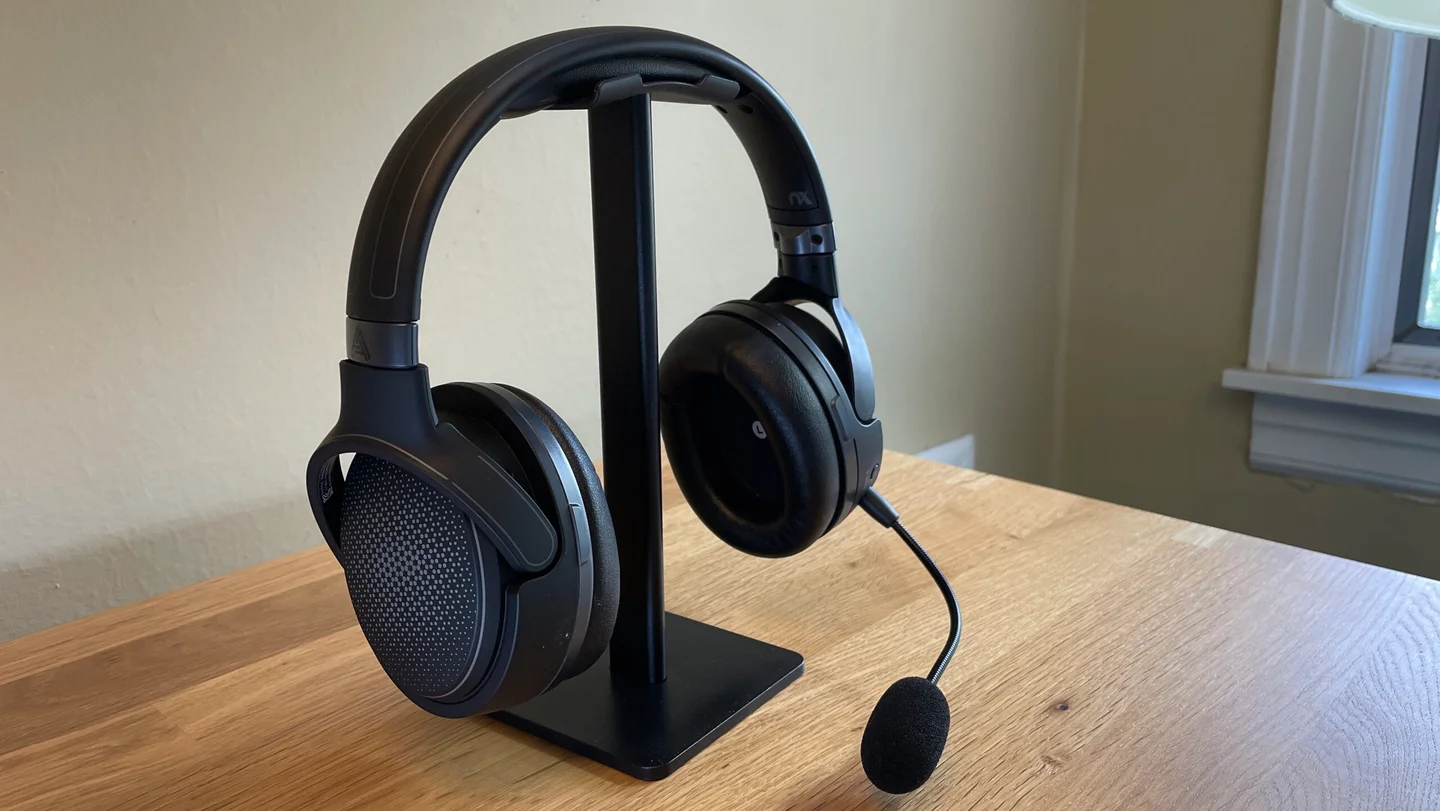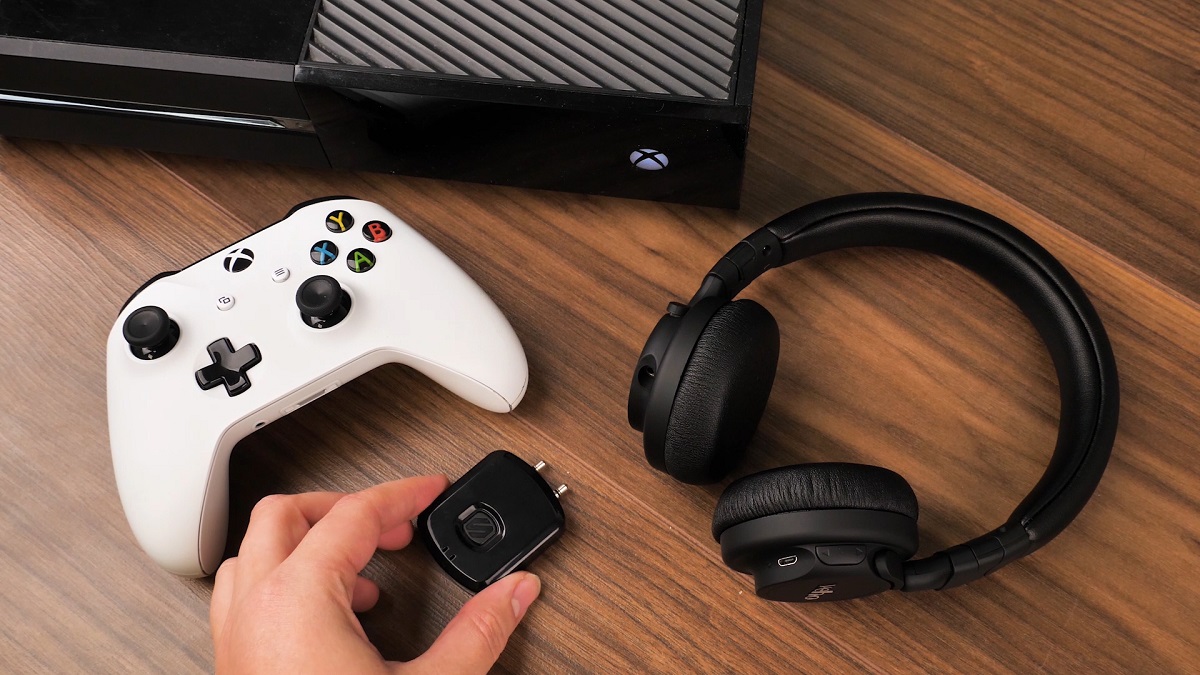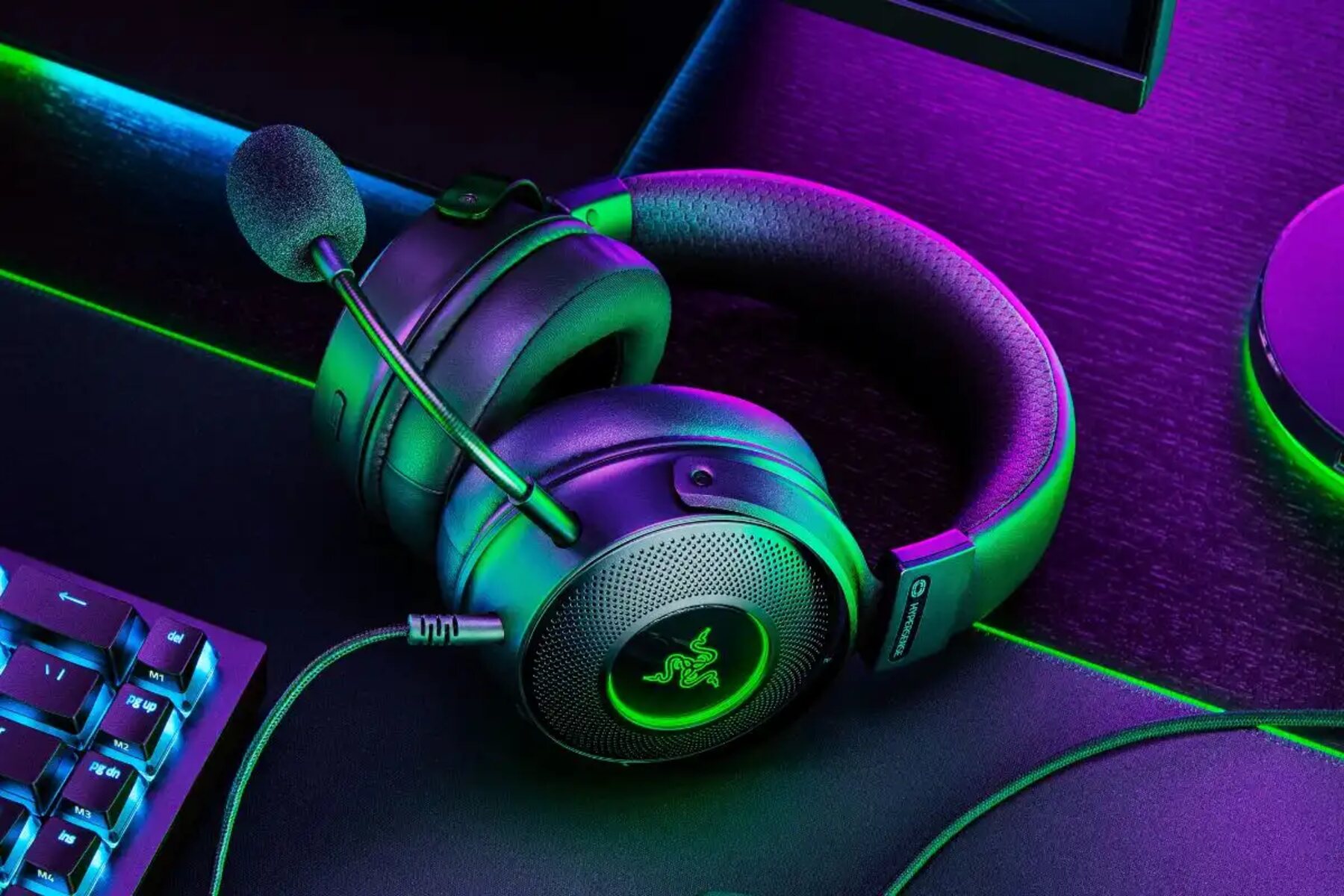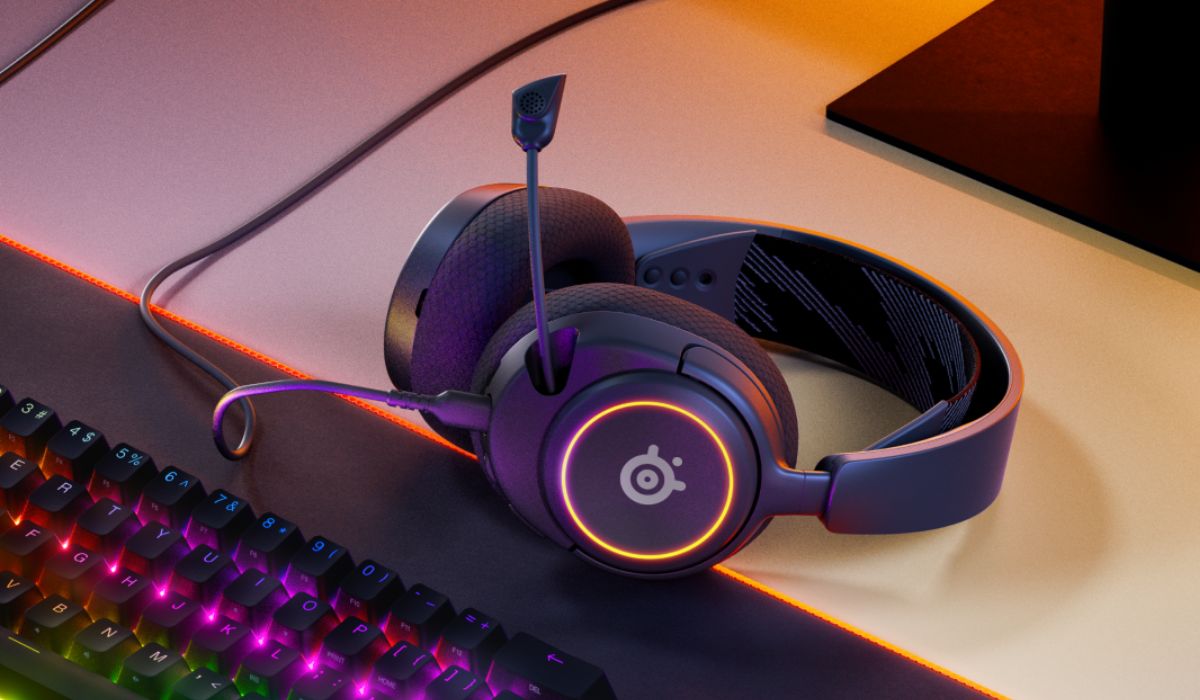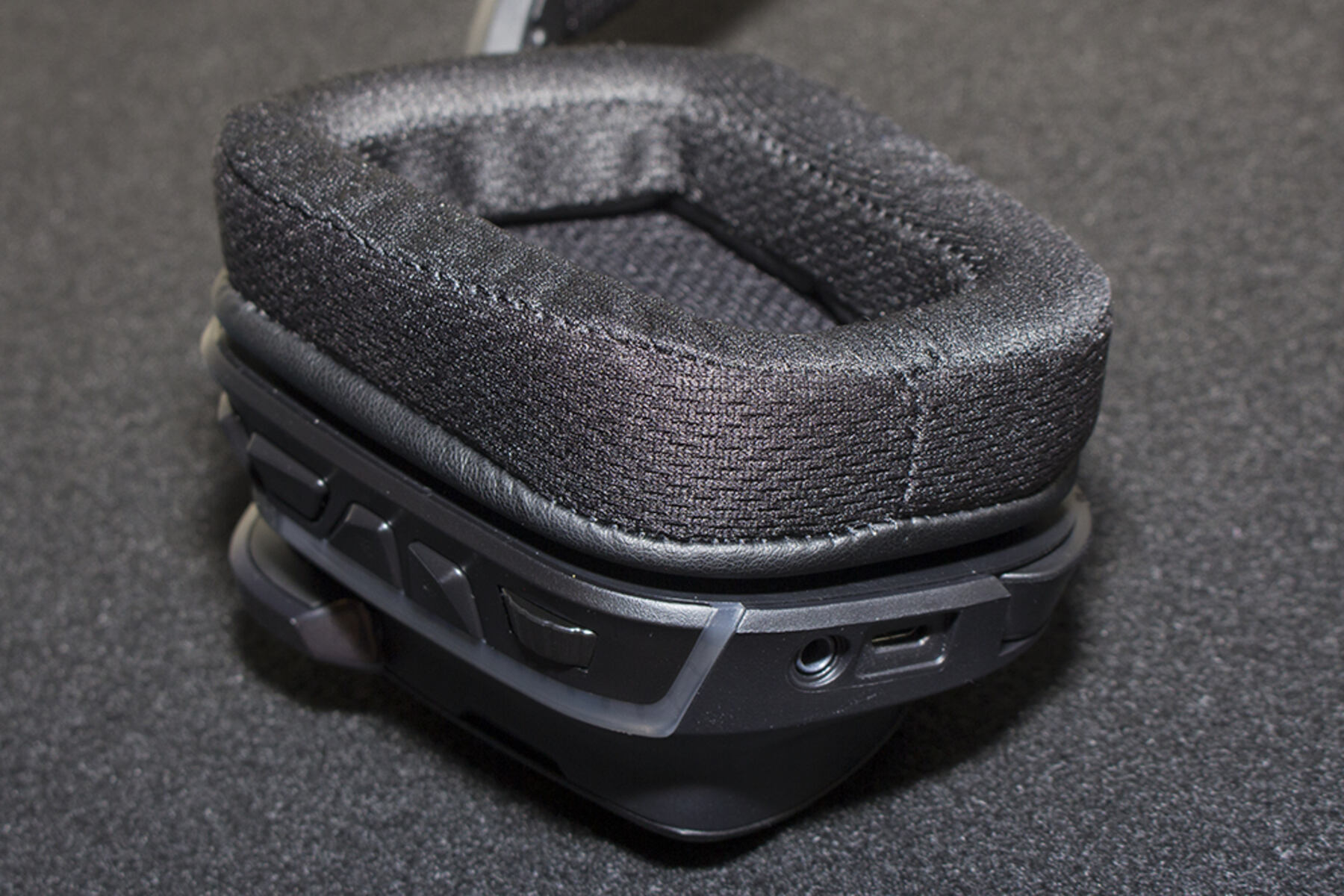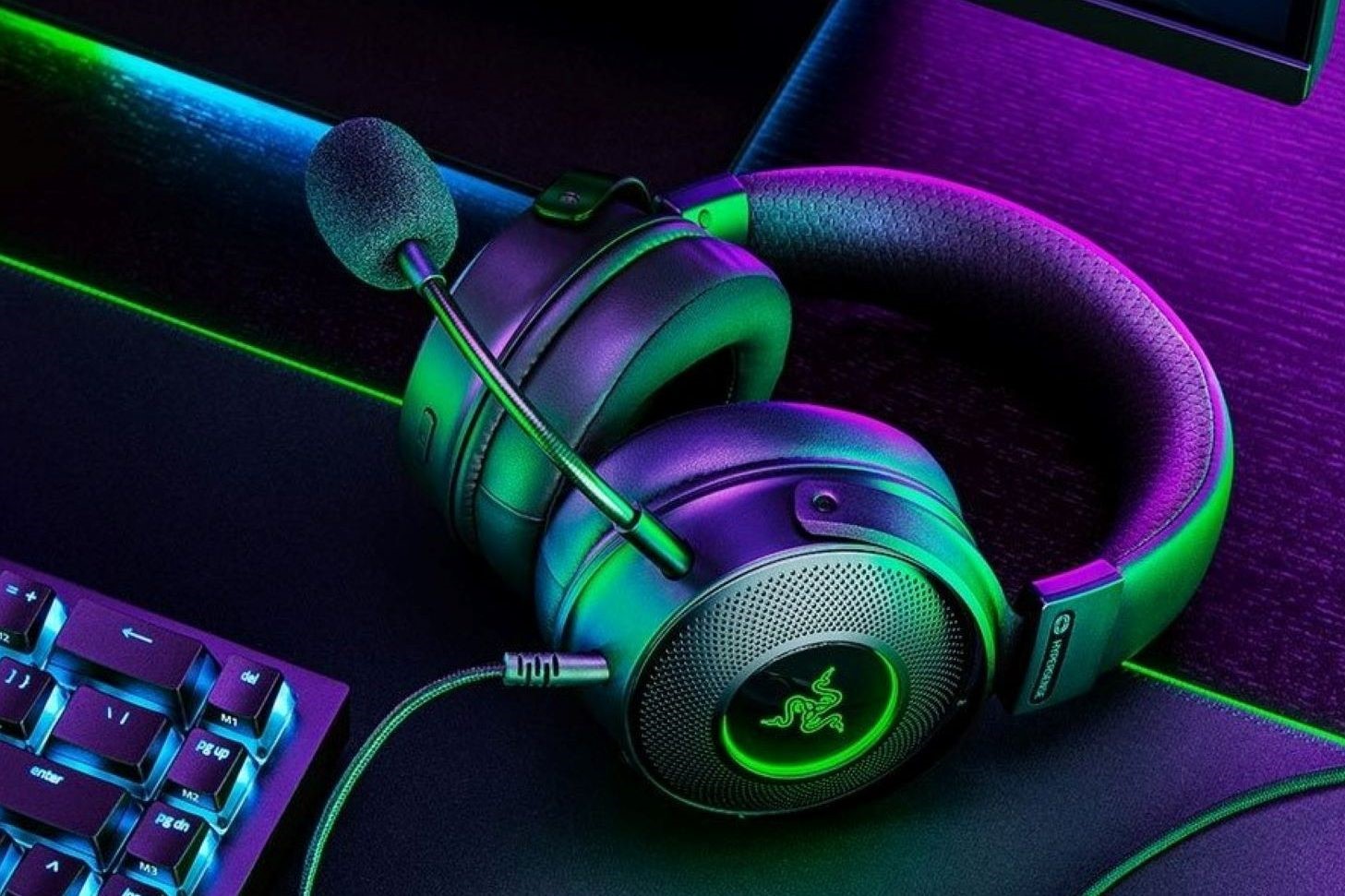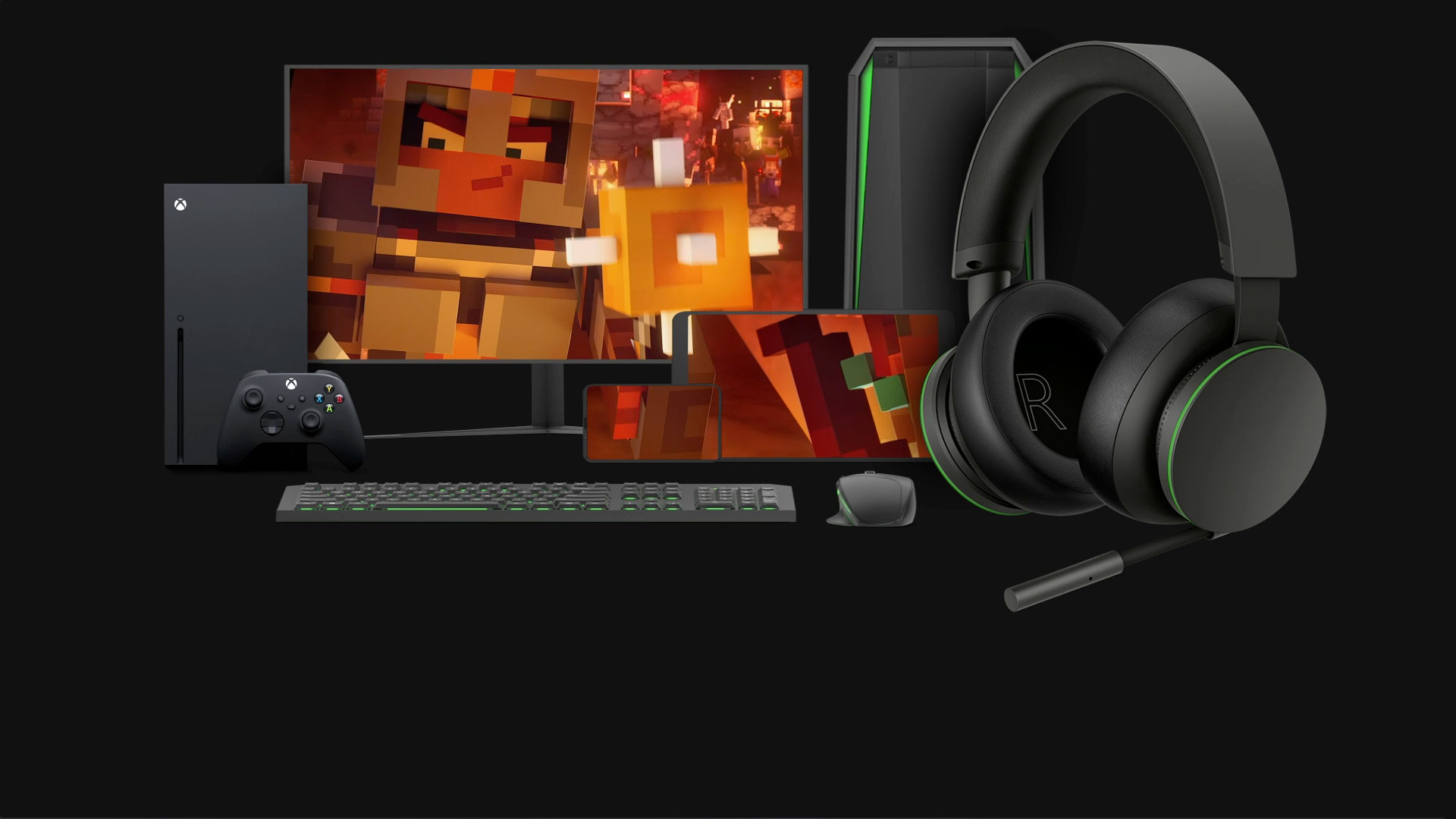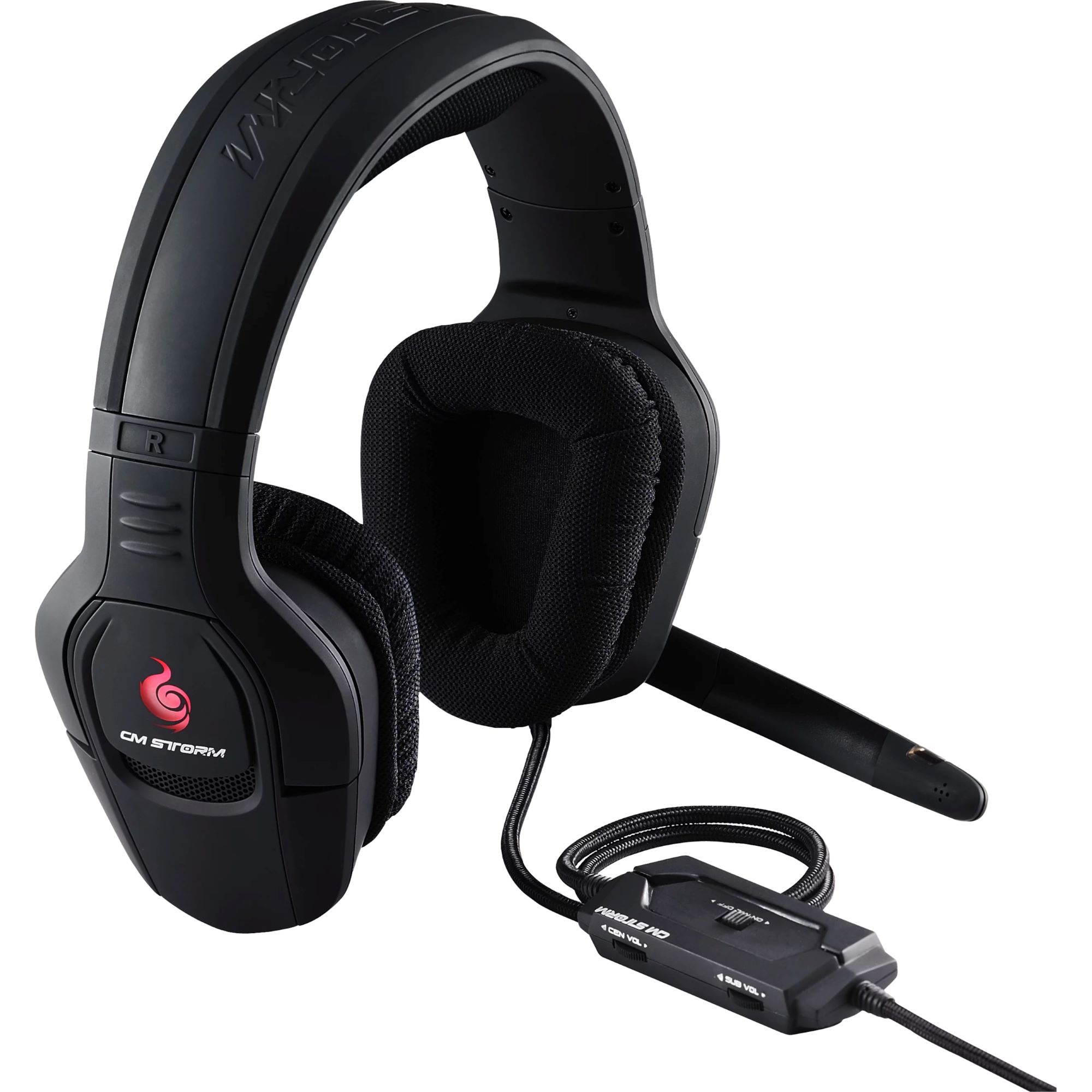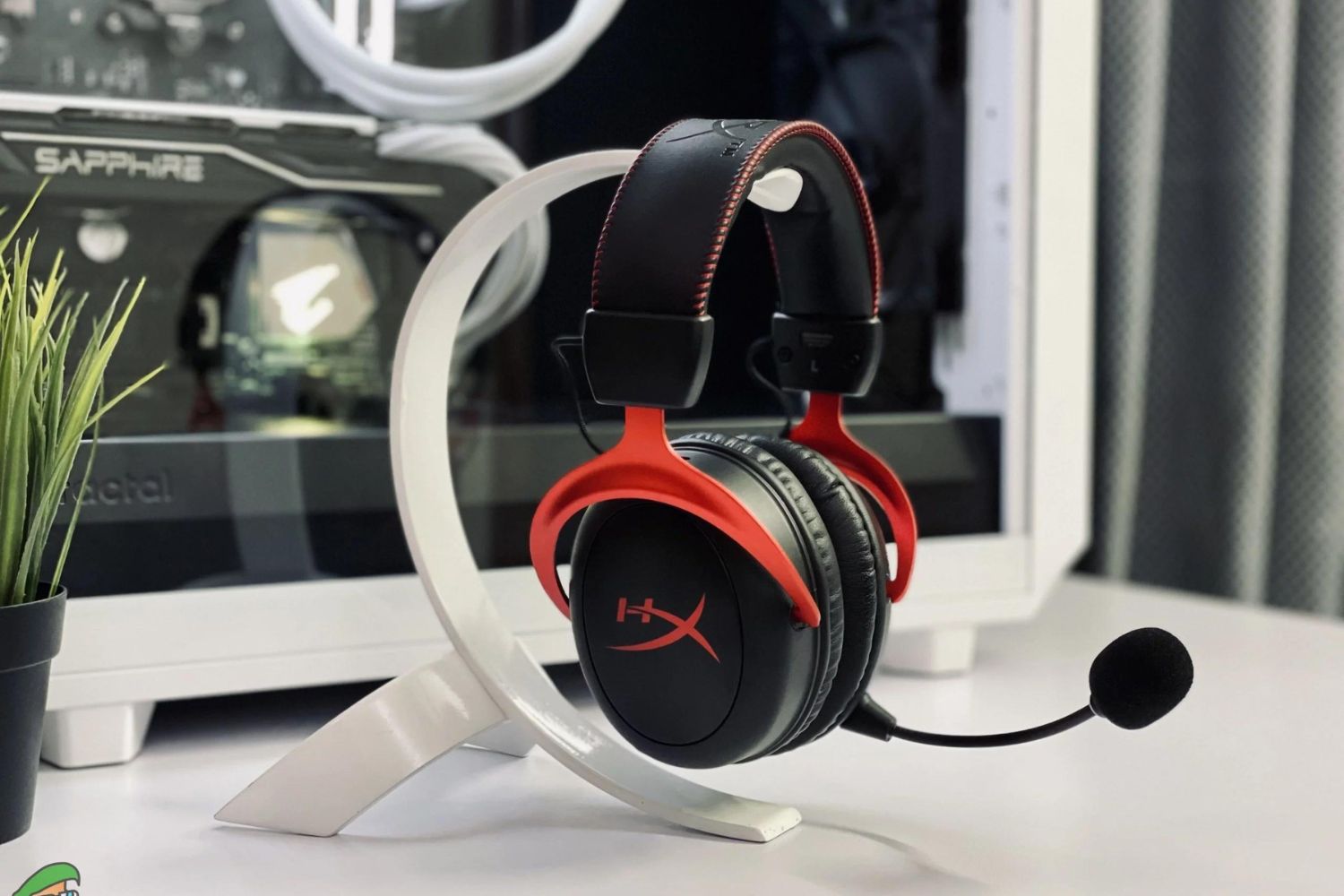Understanding Surround Sound
Surround sound has revolutionized the way we experience audio, immersing us in a rich and multidimensional sonic environment. This technology creates an enveloping audio experience by using multiple speakers strategically positioned around the listener to simulate sound coming from different directions. The most common configurations are 5.1 and 7.1, where the numbers denote the quantity of speakers and the ".1" refers to the subwoofer.
In a 5.1 setup, there are five speakers: a center speaker, two front speakers, two rear speakers, and a subwoofer. The center speaker primarily handles dialogue and on-screen action, while the front speakers deliver frontal audio effects. The rear speakers contribute to the sense of spaciousness and depth, and the subwoofer produces deep bass frequencies, adding impact to explosions, music, and other low-frequency effects.
Expanding to a 7.1 setup introduces two additional speakers, typically placed to the sides of the listener. This configuration further enhances the overall immersion, providing a more precise localization of sound and a heightened sense of realism.
To fully appreciate the benefits of surround sound, it's crucial to understand how it complements different types of audio content. For movies, surround sound enables the viewer to feel as though they are part of the action, with sound effects emanating from all directions. Gaming becomes more captivating as players can pinpoint the source of in-game sounds, enhancing their situational awareness and overall gaming experience. In the realm of music, surround sound can create a concert-like atmosphere, allowing listeners to discern individual instruments and vocals with remarkable clarity.
When selecting a headset, it's imperative to consider its compatibility with surround sound technology. Many modern gaming headsets boast built-in surround sound capabilities, leveraging advanced audio processing to deliver an immersive experience. These headsets often utilize virtual surround sound, which simulates the effect of multiple speakers using just two ear cups. On the other hand, audiophile-grade headphones may feature true multi-driver setups, providing a more authentic and accurate representation of surround sound.
Understanding the nuances of surround sound can empower users to make informed decisions when choosing a headset and optimizing their audio experience. By grasping the intricacies of surround sound technology, individuals can unlock the full potential of their audio equipment and indulge in a captivating, multidimensional auditory journey.
Choosing the Right Headset
Selecting the ideal headset is a pivotal step in ensuring an exceptional surround sound experience. When delving into the realm of audio equipment, it's crucial to consider various factors that can significantly impact the overall audio quality and user satisfaction.
Compatibility with Surround Sound Technology
When embarking on the quest for the perfect headset, compatibility with surround sound technology should be a top priority. For gaming enthusiasts and movie aficionados seeking an immersive auditory adventure, a headset that supports surround sound can elevate the entire experience. Look for headsets equipped with virtual or true surround sound capabilities, as these features are tailored to replicate the captivating audio immersion that defines the surround sound experience.
Audio Driver Configuration
Delving deeper into the technical aspects, the configuration of audio drivers within a headset plays a pivotal role in delivering authentic surround sound. Headsets with multiple drivers in each ear cup can offer a more accurate representation of directional audio cues, heightening the sense of spatial awareness and immersion. For those seeking a true-to-life audio experience, a headset with a multi-driver setup may be the ideal choice.
Comfort and Build Quality
Beyond its audio capabilities, the comfort and build quality of a headset are paramount considerations. A headset that can be comfortably worn for extended periods without causing discomfort is essential for prolonged gaming sessions or movie marathons. Additionally, a durable and well-constructed headset can withstand the rigors of daily use, ensuring longevity and reliability.
Customization and Additional Features
Some headsets offer customization options and additional features that cater to individual preferences. This may include adjustable audio settings, customizable EQ presets, or even RGB lighting for a touch of personal flair. Exploring these extra features can add a layer of personalization to the audio experience, allowing users to tailor the sound profile to their liking.
Budget and Value
Last but not least, the budget plays a crucial role in the decision-making process. It's important to strike a balance between the desired features and the budgetary constraints. Fortunately, the market offers a wide range of headsets catering to different price points, ensuring that users can find a suitable option that aligns with their budget while delivering exceptional value in terms of audio quality and features.
By carefully considering these factors, individuals can navigate the myriad of headset options available and make an informed decision that aligns with their specific audio preferences and usage scenarios. Ultimately, the right headset can serve as the gateway to a captivating and immersive surround sound experience, enriching the way audio content is enjoyed and appreciated.
Setting Up Your Headset
Setting up your headset is a crucial step in optimizing your surround sound experience. Whether you've just unboxed a new headset or are fine-tuning your existing one, the setup process can significantly impact the audio quality and immersive capabilities of your device.
Positioning and Connectivity
The first step in setting up your headset is to ensure proper positioning and connectivity. For wired headsets, connect the audio and microphone jacks to the corresponding ports on your computer or gaming console. It's essential to verify that the connections are secure to prevent audio disruptions during usage.
Wireless headsets typically require pairing with the target device. Follow the manufacturer's instructions to establish a stable and reliable connection. Pay attention to any specific pairing procedures or software installations that may be necessary to unleash the full potential of your wireless headset.
Software Configuration
Many modern headsets come with dedicated software that allows users to fine-tune audio settings and customize their sound experience. Install the recommended software and drivers provided by the headset manufacturer to access these features. Through the software interface, users can adjust equalizer settings, enable surround sound modes, and create personalized audio profiles tailored to their preferences.
Comfort and Fit
Ensuring a comfortable and secure fit is paramount for extended usage. Adjust the headset's headband and ear cup positions to achieve a snug yet comfortable fit. Proper positioning not only enhances comfort but also contributes to optimal audio delivery, ensuring that sound is directed accurately into the ears for an immersive experience.
Environmental Considerations
Take into account the environment in which you'll be using your headset. Minimize background noise and distractions to fully immerse yourself in the audio content. Additionally, consider the positioning of your gaming or viewing setup to maximize the effectiveness of the surround sound experience. Proper speaker placement and seating position can further enhance the overall auditory immersion.
Calibration and Testing
After the physical setup is complete, it's crucial to calibrate and test the headset to ensure everything is functioning as intended. Play audio samples specifically designed to showcase surround sound capabilities. This can include directional audio tests, spatial sound demonstrations, and bass-rich sequences to gauge the subwoofer's performance. Make any necessary adjustments to the audio settings and positioning based on the testing results.
By meticulously following these steps, users can set up their headsets for an optimal surround sound experience, unlocking the full potential of their audio equipment and immersing themselves in a captivating auditory journey.
Testing the Surround Sound
Once your headset is set up, it's time to put its surround sound capabilities to the test. This critical phase allows you to confirm that the audio is delivering the immersive and multidimensional experience that surround sound promises. Here's how to thoroughly test and validate your headset's surround sound performance:
Audio Samples and Demos
Begin by exploring dedicated surround sound audio samples and demos. These are specifically crafted to showcase the spatial and directional audio capabilities of surround sound systems. Look for demos that simulate various scenarios, such as a thunderstorm, a bustling cityscape, or a concert hall. These samples are designed to highlight the ability of surround sound to create a lifelike auditory environment, allowing you to pinpoint the direction of sound sources and appreciate the depth and richness of the audio landscape.
Gaming Sessions
Engage in gaming sessions that are known for their immersive sound design. Choose games that feature dynamic and spatial audio elements, such as first-person shooters or open-world adventures. Pay close attention to the accuracy of sound localization, the clarity of environmental audio cues, and the overall sense of immersion that the surround sound brings to the gaming experience. In-game scenarios where you need to rely on audio cues, such as enemy footsteps or distant gunfire, can serve as excellent tests for the headset's surround sound capabilities.
Movie and TV Show Playback
Select movies or TV shows renowned for their exceptional sound design. Opt for titles with immersive soundscapes and impactful audio effects. Action-packed sequences, atmospheric environments, and intense musical scores can serve as ideal testing grounds for your headset's surround sound performance. Pay attention to how the headset reproduces the spatial distribution of sound, the depth of low-frequency effects, and the overall enveloping nature of the audio during cinematic experiences.
Music Listening
Explore a variety of music genres to gauge the headset's ability to deliver a captivating audio experience across different styles. Select tracks that feature intricate instrumentals, dynamic soundscapes, and spatial audio effects. Pay attention to the clarity of individual instruments, the sense of depth and dimension in the soundstage, and the overall fidelity and immersion that the headset brings to music listening.
Cross-Platform Compatibility
If your headset is designed for use across multiple platforms, such as gaming consoles, PCs, and mobile devices, test its surround sound performance on each platform. Ensure that the headset seamlessly delivers the intended surround sound experience across different devices and applications, maintaining consistent audio quality and spatial accuracy regardless of the platform.
By subjecting your headset to these comprehensive tests, you can confirm its ability to deliver an authentic and captivating surround sound experience across a diverse range of audio content and usage scenarios. This thorough evaluation ensures that your headset meets the expectations for immersive audio, allowing you to fully appreciate the nuances and richness of surround sound across various forms of entertainment.
Troubleshooting Common Issues
Despite the advancements in audio technology, users may encounter common issues when setting up and using their surround sound headsets. Understanding how to troubleshoot these issues can help ensure a seamless and immersive audio experience.
Inconsistent Surround Sound Performance
If you notice inconsistencies in the surround sound performance, such as sound imbalances or irregular spatial effects, start by checking the audio settings on your device. Ensure that the correct audio output configuration, including surround sound options, is selected. Additionally, verify that the headset's drivers and firmware are up to date, as outdated software can impact surround sound performance.
Audio Distortions and Artifacts
Audio distortions, such as crackling, popping, or static, can detract from the surround sound experience. To address this, inspect the headset's connection cables for any damage or interference. It's also advisable to test the headset on a different device to rule out potential compatibility issues. Adjusting the audio settings, particularly the volume levels and equalizer settings, can also mitigate certain types of audio artifacts.
Limited Spatial Awareness
If the spatial awareness provided by the surround sound feels limited or inaccurate, consider the physical positioning of the headset's speakers. Ensure that the ear cups are correctly aligned with your ears and that the headband is adjusted for a secure fit. Additionally, explore the headset's software settings to confirm that the surround sound mode is enabled and properly configured for the desired spatial effect.
Suboptimal Bass Response
A lack of impactful bass or an overpowering bass output can detract from the overall surround sound experience. Check the headset's subwoofer settings, if applicable, to fine-tune the bass response. Additionally, experiment with different audio sources, such as movies, games, or music tracks known for their dynamic bass content, to gauge the headset's bass performance across various scenarios.
Compatibility and Platform-Specific Issues
When using the headset across multiple platforms, ensure that it maintains consistent surround sound performance. Verify that the headset is compatible with the specific devices and applications you intend to use. If encountering platform-specific issues, such as inconsistent surround sound on different devices, consult the headset's user manual or online support resources for platform-specific troubleshooting tips.
By addressing these common issues and implementing the recommended troubleshooting steps, users can overcome potential obstacles and optimize their surround sound headset for a captivating and immersive audio experience. Regular maintenance, software updates, and attentive troubleshooting can contribute to a seamless and rewarding surround sound journey.







